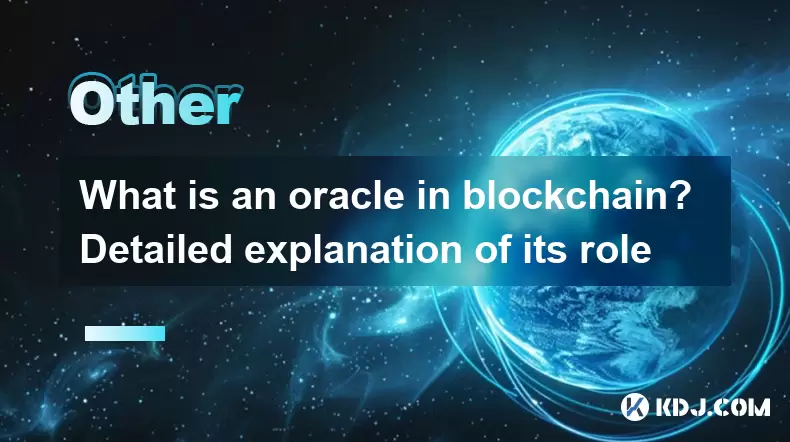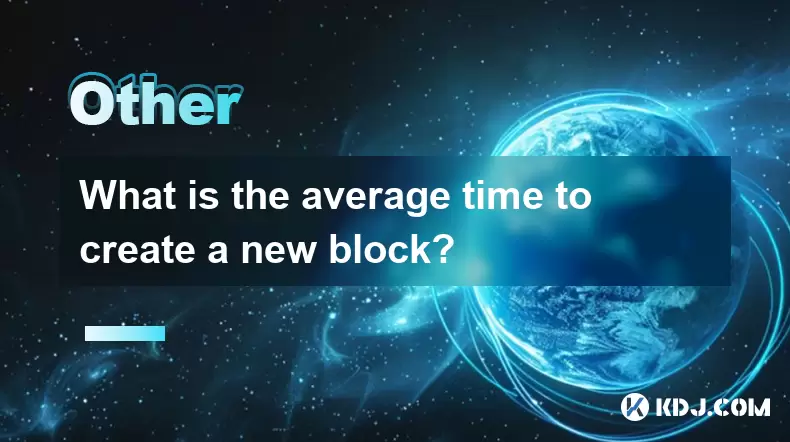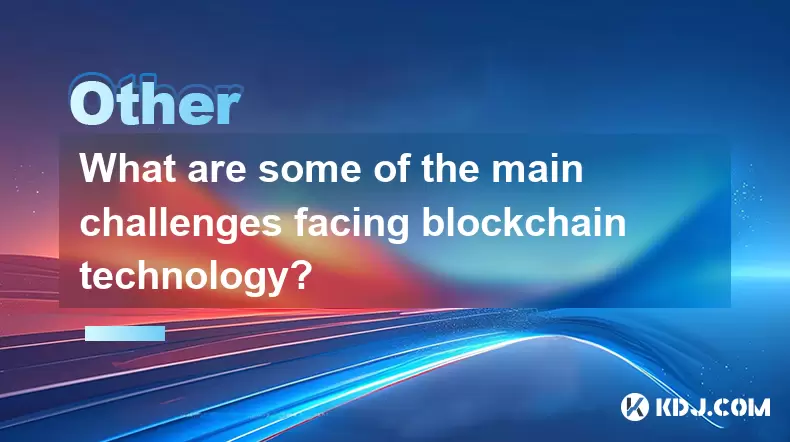-
 Bitcoin
Bitcoin $117500
2.15% -
 Ethereum
Ethereum $3911
6.19% -
 XRP
XRP $3.316
10.79% -
 Tether USDt
Tether USDt $1.000
0.01% -
 BNB
BNB $787.2
2.24% -
 Solana
Solana $175.2
4.15% -
 USDC
USDC $0.9999
0.00% -
 Dogecoin
Dogecoin $0.2225
8.40% -
 TRON
TRON $0.3383
0.28% -
 Cardano
Cardano $0.7868
6.02% -
 Stellar
Stellar $0.4382
9.34% -
 Hyperliquid
Hyperliquid $40.92
7.56% -
 Sui
Sui $3.764
7.63% -
 Chainlink
Chainlink $18.48
10.66% -
 Bitcoin Cash
Bitcoin Cash $582.1
1.88% -
 Hedera
Hedera $0.2601
6.30% -
 Avalanche
Avalanche $23.33
4.94% -
 Ethena USDe
Ethena USDe $1.001
0.02% -
 Litecoin
Litecoin $122.3
2.04% -
 UNUS SED LEO
UNUS SED LEO $8.969
-0.27% -
 Toncoin
Toncoin $3.339
0.86% -
 Shiba Inu
Shiba Inu $0.00001287
4.30% -
 Uniswap
Uniswap $10.43
7.38% -
 Polkadot
Polkadot $3.861
5.08% -
 Dai
Dai $1.000
0.02% -
 Bitget Token
Bitget Token $4.513
3.41% -
 Monero
Monero $267.7
-6.18% -
 Cronos
Cronos $0.1499
4.14% -
 Pepe
Pepe $0.00001110
5.15% -
 Aave
Aave $284.9
8.28%
What is an oracle in blockchain? Detailed explanation of its role
Oracles bridge smart contracts with real-world data, enabling blockchain applications to execute based on external conditions like weather or prices.
Jun 21, 2025 at 06:14 am

Understanding the Concept of an Oracle in Blockchain
In the realm of blockchain technology, an oracle is a trusted third-party service that connects smart contracts with real-world data. Smart contracts are self-executing agreements where the terms are written directly into code and run on a blockchain network. However, these contracts operate in a closed environment and cannot access external information on their own. This is where oracles come into play—they act as bridges between the internal logic of smart contracts and external data sources.
Oracles can provide various types of off-chain data such as weather reports, stock prices, election results, or even IoT sensor readings. The primary function of an oracle is to fetch, verify, and relay this external data to the blockchain, enabling smart contracts to execute based on real-time conditions.
How Oracles Work in Practice
To understand how oracles work, consider a simple insurance contract built on a blockchain. Suppose the contract is designed to pay out claims if it rains in a specific location on a given date. Since the blockchain itself has no way of knowing the weather, an oracle must retrieve up-to-date weather data from a reliable source and submit it onto the blockchain.
Here’s a breakdown of how this works step by step:
- A smart contract is created that includes conditional logic based on external data.
- The contract requests data from an oracle when certain conditions are triggered.
- The oracle queries an external API or data source for the required information.
- Once verified, the oracle submits the data to the blockchain as a transaction.
- The smart contract reads the submitted data and executes accordingly.
This process ensures that blockchain-based applications can interact with the real world without compromising the integrity of the decentralized ledger.
Different Types of Oracles
Oracles are not a one-size-fits-all solution. They vary based on functionality and trust model. Here are some common types:
- Software Oracles: These oracles retrieve data from online sources like APIs and databases. They are the most commonly used type due to their ability to handle digital information seamlessly.
- Hardware Oracles: These involve physical sensors and devices that feed real-world data into the blockchain. For example, RFID sensors tracking goods in a supply chain.
- Inbound Oracles: These oracles bring external data into the blockchain, allowing smart contracts to react to changes in the outside world.
- Outbound Oracles: These send data from the blockchain to external systems, enabling smart contracts to trigger actions in the real world.
- Centralized vs. Decentralized Oracles: Centralized oracles rely on a single entity to provide data, which introduces a single point of failure. Decentralized oracles, on the other hand, aggregate data from multiple sources to enhance reliability and reduce manipulation risks.
Each type serves a unique purpose depending on the use case and the level of decentralization required.
The Role of Oracles in Decentralized Finance (DeFi)
One of the most significant applications of oracles is in the DeFi space. Decentralized finance platforms rely heavily on accurate price feeds to manage lending, borrowing, and trading activities. Without oracles, DeFi protocols would be unable to determine asset values or enforce margin requirements.
For instance, a DeFi lending platform may require users to over-collateralize their loans. If the value of the collateral drops below a certain threshold, the system automatically liquidates the position. An oracle provides the necessary price data to monitor the health of each loan in real time.
Some popular oracle solutions in DeFi include Chainlink and Band Protocol. These platforms utilize decentralized networks of oracles to fetch and validate data before feeding it into smart contracts. This multi-source validation helps prevent manipulation and ensures the accuracy of the data being used.
Challenges and Risks Associated with Oracles
Despite their usefulness, oracles introduce several challenges and risks to blockchain systems. One of the main concerns is the "oracle problem", which refers to the inherent vulnerability of relying on external data sources. If an oracle provides incorrect or manipulated data, the smart contract will execute based on faulty information, potentially leading to financial losses.
Other issues include:
- Trust Dependency: Many oracles still depend on centralized entities, which contradicts the core principle of decentralization.
- Latency: There may be delays in fetching and submitting data, which can affect the timeliness of smart contract execution.
- Security Vulnerabilities: Oracles can become targets for attacks, especially if they are not properly secured or decentralized.
To mitigate these risks, developers are exploring more robust oracle models, including multi-source aggregation, reputation systems, and cryptographic proofs to ensure data integrity.
Frequently Asked Questions (FAQs)
Q: Can a blockchain function without an oracle?
Yes, a blockchain can function without an oracle, but its capabilities will be limited to on-chain data only. Smart contracts that need to respond to real-world events or external inputs will not be able to operate effectively without oracles.
Q: Are all oracles trustworthy?
Not necessarily. Trustworthiness depends on the oracle's design and the number of data sources it uses. Decentralized oracles that pull from multiple reputable sources tend to be more reliable than centralized ones.
Q: How do oracles get paid for their services?
Oracles typically receive payment in cryptocurrency for providing data. In many cases, users or smart contracts pay fees in tokens native to the oracle network or the blockchain they are interacting with.
Q: Is there a standard protocol for oracle integration?
There is no universal standard, but several projects like Chainlink and Band Protocol have developed widely adopted frameworks for integrating oracles into blockchain systems. Developers choose oracle solutions based on their specific needs and security requirements.
Disclaimer:info@kdj.com
The information provided is not trading advice. kdj.com does not assume any responsibility for any investments made based on the information provided in this article. Cryptocurrencies are highly volatile and it is highly recommended that you invest with caution after thorough research!
If you believe that the content used on this website infringes your copyright, please contact us immediately (info@kdj.com) and we will delete it promptly.
- Tron's Sell-Off Spurs Altcoin Shift: What's Next for TRX?
- 2025-08-08 08:30:12
- Sleep Token's US Takeover: Thornhill Rides the 'Even In Arcadia' Wave
- 2025-08-08 08:30:12
- FTT Token's Wild Ride: Creditor Repayments vs. Market Drop - A New Yorker's Take
- 2025-08-08 07:10:12
- Floki Crypto Price Prediction: Riding the Robinhood Rocket or Just a Meme?
- 2025-08-08 07:15:12
- EigenLayer, Restaking, and Ethereum: Navigating the Hype and the Hazards
- 2025-08-08 06:30:12
- Super Bowl 59: Jon Batiste to Jazz Up the National Anthem
- 2025-08-08 06:30:12
Related knowledge

What is the purpose of a nonce in mining?
Aug 04,2025 at 05:56pm
Understanding the Role of a Nonce in Cryptocurrency MiningIn the world of cryptocurrency mining, the term nonce stands for 'number used only once.' Th...

Can data on a blockchain be deleted?
Aug 05,2025 at 04:00am
Understanding Blockchain ImmutabilityThe core principle behind most blockchain systems is immutability, which means that once data is recorded onto th...

What is the difference between on-chain and off-chain transactions?
Aug 02,2025 at 04:22pm
Understanding On-Chain TransactionsOn-chain transactions refer to digital asset transfers that are recorded directly on a blockchain ledger. These tra...

What is the average time to create a new block?
Aug 06,2025 at 09:21pm
Understanding Block Creation in Blockchain NetworksThe average time to create a new block varies significantly depending on the specific blockchain pr...

How are blocks linked together?
Aug 04,2025 at 06:56am
Understanding the Structure of a BlockchainA blockchain is a decentralized digital ledger composed of a sequence of blocks, each containing a list of ...

What are some of the main challenges facing blockchain technology?
Aug 07,2025 at 02:58am
Scalability Constraints in Blockchain NetworksOne of the most persistent challenges in blockchain technology is scalability. As blockchain networks gr...

What is the purpose of a nonce in mining?
Aug 04,2025 at 05:56pm
Understanding the Role of a Nonce in Cryptocurrency MiningIn the world of cryptocurrency mining, the term nonce stands for 'number used only once.' Th...

Can data on a blockchain be deleted?
Aug 05,2025 at 04:00am
Understanding Blockchain ImmutabilityThe core principle behind most blockchain systems is immutability, which means that once data is recorded onto th...

What is the difference between on-chain and off-chain transactions?
Aug 02,2025 at 04:22pm
Understanding On-Chain TransactionsOn-chain transactions refer to digital asset transfers that are recorded directly on a blockchain ledger. These tra...

What is the average time to create a new block?
Aug 06,2025 at 09:21pm
Understanding Block Creation in Blockchain NetworksThe average time to create a new block varies significantly depending on the specific blockchain pr...

How are blocks linked together?
Aug 04,2025 at 06:56am
Understanding the Structure of a BlockchainA blockchain is a decentralized digital ledger composed of a sequence of blocks, each containing a list of ...

What are some of the main challenges facing blockchain technology?
Aug 07,2025 at 02:58am
Scalability Constraints in Blockchain NetworksOne of the most persistent challenges in blockchain technology is scalability. As blockchain networks gr...
See all articles

























































































